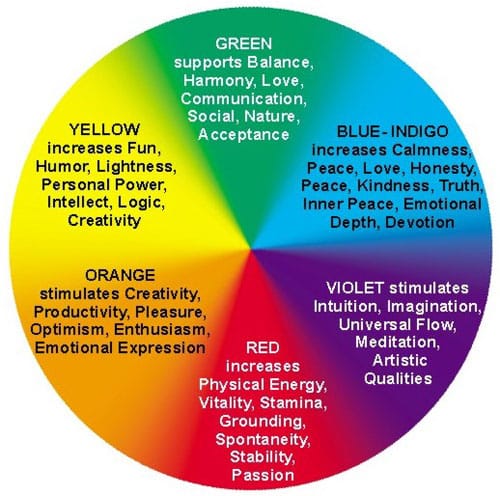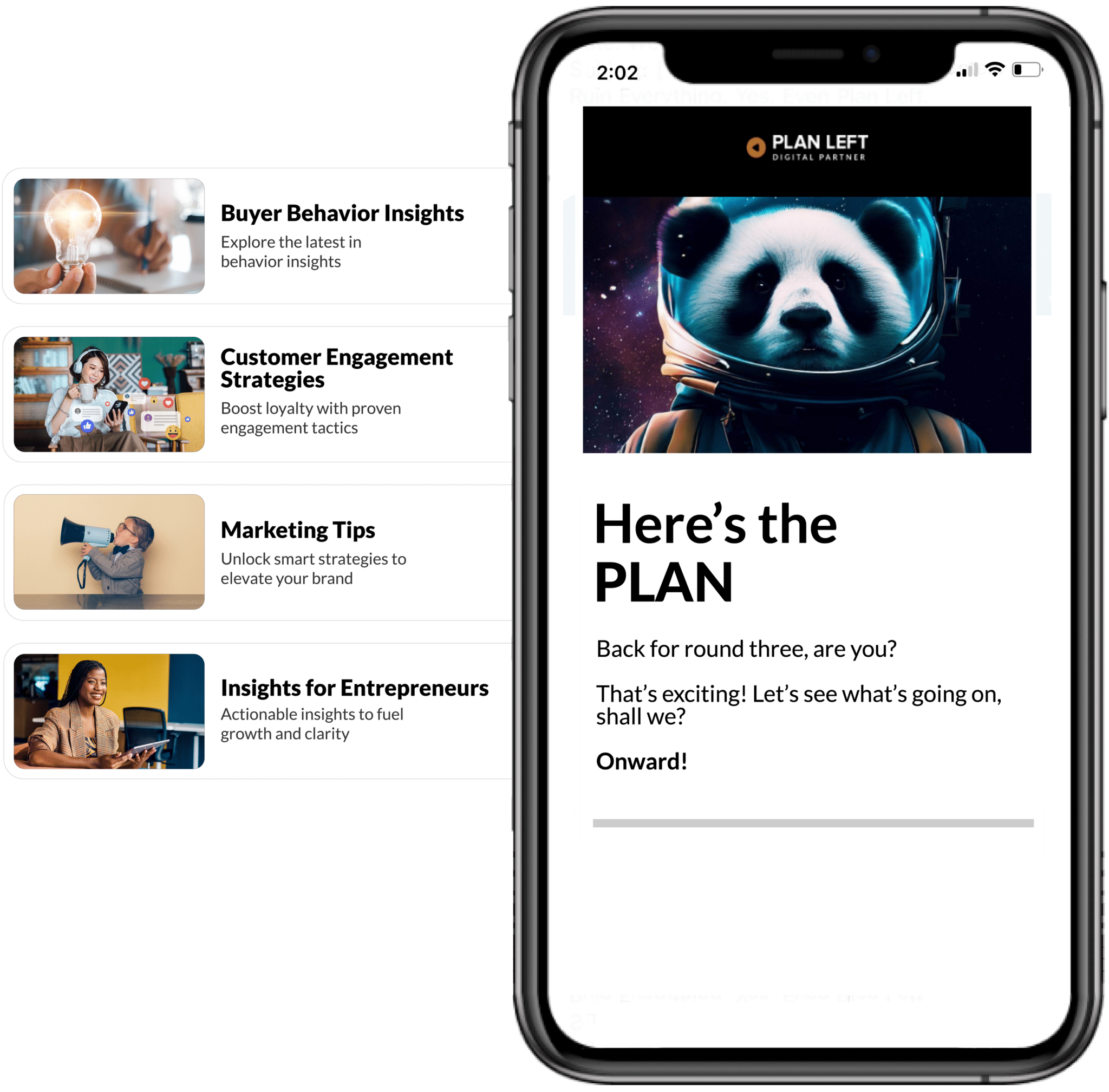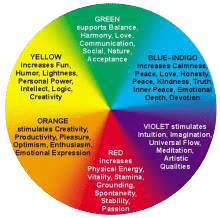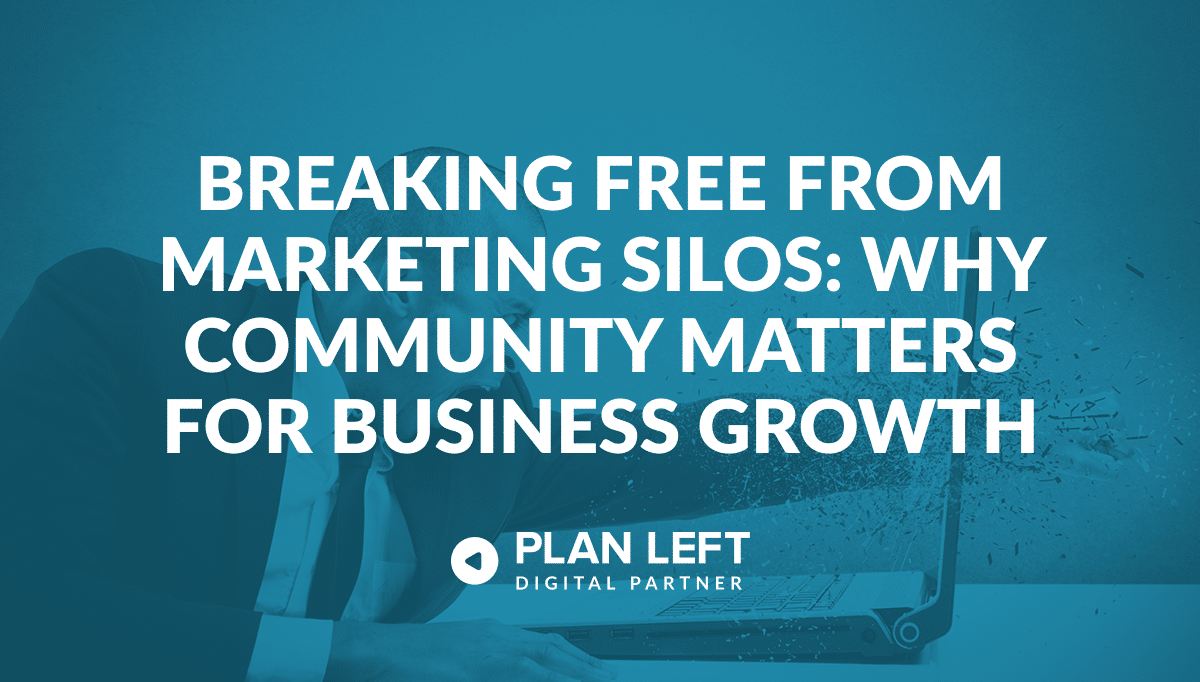
It’s interesting how often just a subtle change in the tone of a color will make all the difference in the world for an onlooker. In speaking about what a person is looking for in a color palette, usually it’s not determined by the client but the consultant as to what colors will work best to bring out what the brand is really trying to represent.
This pretty much goes for any application – website, storefront, logo, ads, etc.
Color palettes can be determined by a wide variety of things. It’s true that designers often have a color palette, they tend to stick with what they like. A good designer will help determine and establish a color palette for a client that is tailored to them and their needs. As a person potentially looking for colors that will work best for your business or endeavor, how can you know what to look for, or what will work for your brand?
Ask yourself these questions:
- What am selling, and who am I selling it to? Whether an artist, or an electric vehicle charger distributor, everyone has something to sell.
- Who’s your audience?
- What is the user experience I want people to have? McDonald’s uses mainly yellow and red to entice visitors to order fast, eat fast, and leave the restaurant fast. It works because they’re fast food, obviously. But a restaurant that’s looking to keep people around would want blue tones and greens – colors that make people feel comfortable and relaxed.
For those interested in the psychology of color use, there are articles out there like this one. Sometimes hard lines created by complementary colors can be disturbing for a person to look at, but often it’s a good way to create distinctions and definitions of space and associate meaning.
The best advice I can give for choosing a good color palette is to pay attention, to not be afraid of using colors that are vibrant, but be aware when colors or objects are distracting or make things hard to understand. It’s easy to make things so bland that there isn’t enough contrast, but it’s also easy to offer so much contrast that it becomes confusing. Try getting a second opinion, or even a third, but always from trusted resources, and be sure that whatever you choose, the decision is ultimately one that you agree with.
Explore Latest Posts
The Entrepreneur's Guide to Creating a High-Ticket Flagship Offer Most businesses are built on a foundation of scattered services, multiple ... read more
December 16, 2025
Breaking Free from Marketing Silos: Why Community Matters for Business Growth Every entrepreneur knows the weight of making decisions alone. ... read more
December 11, 2025
A Step-By-Step Approach to Breaking Free from Generic Marketing Enterprise marketing leaders face the challenge of standing out among countless ... read more
December 9, 2025
Essential Strategies for Entrepreneurs
Get Actionable Business Insights & Marketing Tips
Our newsletter delivers real-world strategies from entrepreneurs who’ve been exactly where you are.
Sign up now for:
- Actionable growth strategies that work
- Insider tactics for attracting top talent
- Real-world case studies from successful founders
- Emerging tech trends that drive innovation
- Pragmatic marketing approaches for visionary leaders






